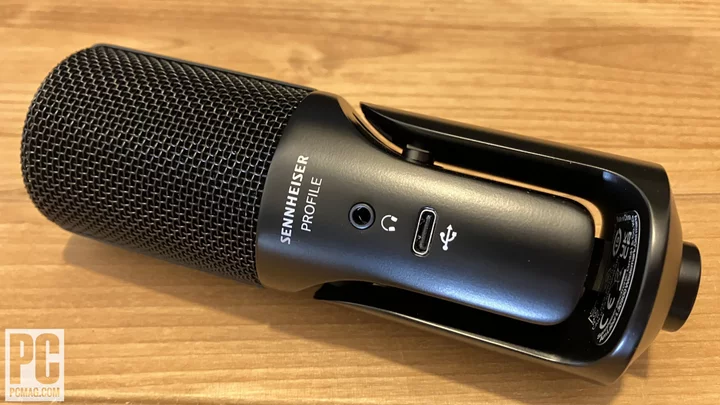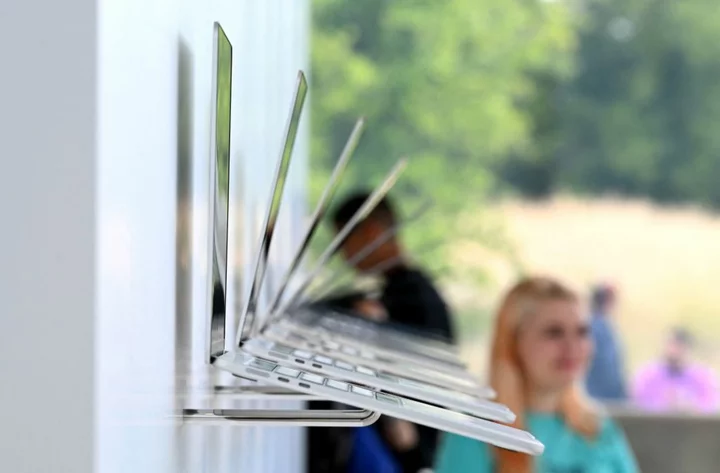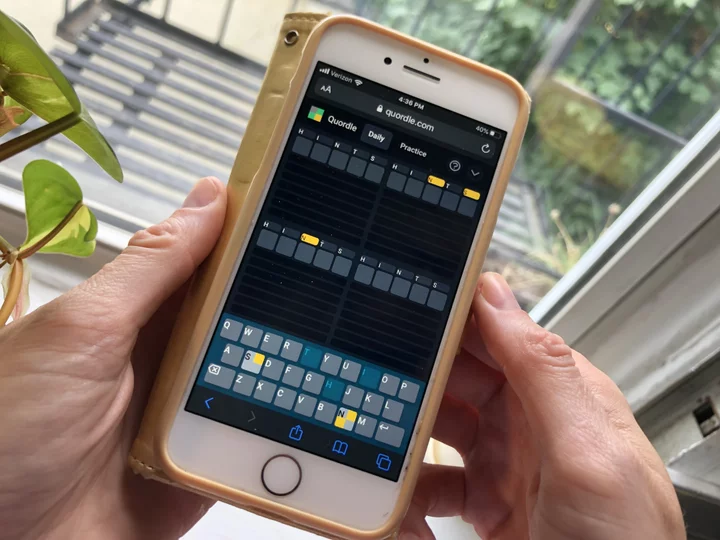If you're in the market for a USB microphone, you probably have a specific use in mind. But what works for live streaming games might strike the wrong chord for music. And the pristine signal you get from a top-flight mic for musicians might provide far more fidelity (and far less convenience) than you need for a podcast. Not all USB mics are the same and thus finding the right one for your needs can be a little tricky.
We've tested lots of USB microphones in several price classes to determine which ones work best for different scenarios. Below are the best mics we've tested, followed by everything you need to know to choose the right one for your needs.
How Do USB Mics Work?
Before we dive into the world of USB mics, you should know how most professional microphones work. In a typical recording studio scenario, a microphone is an analog piece of gear that sends a signal to a console or computer through an XLR cable (often through a mixer that can handle multiple microphones at once). The signal from the mic should be more or less pure; EQ, dynamic compression, and reverb are all later steps in production.
Digital mics that use USB cables are a totally different beast. The microphones process and digitize the audio directly. Any editing you do at the computer is to a signal that has already been digitally processed. Also, note that the mic dictates the maximum sampling rate and bitrate. Each USB mic is essentially an analog-to-digital converter (DAC), complete with a built-in gain knob. In the analog studio world, that gain knob is often on a different piece of gear entirely; typically pros refer to it as a Mic Pre. USB mics also often have headphone jacks, which is another abnormality.
Shure MV7 (Credit: Shure)The biggest difference between competing USB mics is how they use digital signal processing (DSP). Some mics use it subtly. Others avoid DSP completely and offer you the purest, highest-bitrate signal they can. And yet others glob the DSP on in thick coats. The latter can still be OK if the processed sound meets your project requirements. Typically, most of the mics with heavy DSP are for gamers.
Outside of the USB mic world, there are several styles of microphone (such as condenser, dynamic, or ribbon) that, combined with the various microphone polar patterns (such as cardioid, hypercardioid, omnidirectional, or figure-eight), produce a wide range of options for the recording engineer. Among USB mics, it's mostly (but not always) condenser mics with cardioid patterns.
Finally, most USB mics are plug-and-play ready. Apple GarageBand, for instance, typically recognizes a USB mic immediately and asks if you want to use it as an input (if you want to use it as a headphone monitor as well, set it for both input and output). But not all recording software plays nice with USB mics. Perhaps most surprisingly, Avid Pro Tools, which is more or less the industry standard for music recording software, requires a somewhat tedious workaround to support most USB mics. (You can search for "aggregate device USB mic Pro Tools" to get a better handle on that.)
With all that out of the way, let's break down the discussion into the three most typical uses for a USB mic and the various options, characteristics, and needs for each application.
What Are the Best USB Mics for Streaming?
Gamers who want to record or live stream their gameplay might appear to need the same things as musicians who want to record clear vocals. But musicians recording vocals with a pure signal are then likely to mix the vocal recordings in a multi-track scenario, applying EQ, dynamic compression, and perhaps reverb in the process. Gamers, more likely than not, need some of these things baked in from the outset, or at least to have some form of DSP that knows when to limit spikes in levels—say if you shout or laugh during a recording. Thus, most gaming mics won't be shy about employing DSP to reduce distortion and clipping.
Blue Yeti Snowball (Credit: Blue Mics)Some gaming mics up the ante by providing multiple polar patterns to choose from. Although cardioid (single-direction) is the standard, maybe you want to capture more than one voice with an omnidirectional or figure-eight pattern. Some gaming mics also have built-in switches to work with specific consoles.
Finally, most gaming mics offer an onboard headphone jack. Hopefully, it has low or zero latency, so you don't hear a distracting slapback delay when you speak. For more gaming audio gear, check out our favorite gaming headsets.
What Are the Best USB Mics for Podcasting?
The goal with any mic is almost always clarity. But for podcasts, we need to take the vocalist into account. If you are recording an experienced speaker who has excellent mic technique, you might want to go for a USB mic that has no DSP. If, on the other hand, the podcast routinely calls for less experienced interviewees, you might wish to use a mic that has some protective DSP like in the aforementioned gaming mics, so that outbursts of laughter or sudden rises in level don't immediately cause distortion.
Another consideration is how many people will be speaking simultaneously. If it's only one person talking in the room, a cardioid pattern mic is probably the best route. It might be worth considering a mic that has a figure-eight pattern if there's a one-on-one interview happening—placing the mic in the middle of the two speakers in this scenario (provided they are not far away from each other) can yield a natural recording.
Rode NT1 5th Generation (Credit: Tim Gideon)There's also the omnidirectional route if you're trying to capture the sound of a room. This can be particularly useful for location recordings—say, if your podcast calls for you to get the sound of a softball game in a park or the sound of glasses clinking and diners chatting at a restaurant. But this brings up another point—if your podcast is going to involve on-location recording, you should consider a mic that can record directly to mobile devices. We've tested a few that ship with cables to connect via the Lightning port on iOS devices, for instance.
Beyond that, you need to think about windscreens and pop filters, regardless of where you're recording—dealing with the wind, or a speaker with no mic technique, is likely to require one or the other to keep plosive air sounds from causing distortion. Luckily, many of the mics we include here bundle such accessories.
In addition to a mic, check out the rest of the best podcast equipment you need to get professional-quality audio. Once you're ready to start recording, check out our tips for how to create a successful podcast,
How to Choose the Best USB Mic for Recording Music
Microphones in music recording have always been one of the more mysterious elements of the signal chain. You want a mic that provides an accurate, clear signal, but there's no denying that engineers and producers consistently go to certain mics because of their particular characteristics. A Royer R-121 ribbon mic, for instance, is a figure-eight pattern ribbon mic that some engineers prefer for a richer, smoother sound (along with perhaps picking up some of the room). Meanwhile, the Shure SM7, of Michael Jackson fame, is popular for broadcasting because of its clarity. Thus, the concept of a "pure" signal is a bit misleading—what you're really usually after is a clean signal, which should be a given with pro mics.
After that, you need to consider any specific characteristics that make the mic bright or dark. Some models can handle higher sound pressure levels, making them great for recording loud drums and amps, while others are ideal for capturing every bit of detail in a vocalist's dynamic performance. With USB mics, the concept isn't—or at least shouldn't be—wildly different. You should expect clarity, so we focus on defining characteristics instead.
You probably don't want a mic that uses obvious DSP in the signal. With music, the goal is typically to get the purest recording "to tape" (even if your "tape" is GarageBand). Then, any processing that needs to happen takes place during mixing. Some engineers record with a little EQ or compression as part of the signal chain, but that offers less flexibility down the road, as those effects are now baked into the recording. Of course, the compression or dynamic limiting is often in place to prevent distortion on peaks, so it's there in the name of preventing distortion from getting into the recording, which is the whole purpose of DSP to begin with.
We could talk in circles here, but a USB mic for music recording should probably have only minimal DSP, if any. Although some models employ DSP, it is really subtle in these scenarios compared with that of a typical gaming mic. And there are plenty of music mics that use no DSP whatsoever.
MSI Immerse GV60 (Credit: Tim Gideon)If your goal is to get the highest quality recording possible from a USB mic, you also need to take the sample rate and bitrate into account. All mics should be able to do 44.1kHz/16-bit, but if fidelity is a top priority, you may want to consider mics with higher sampling rates (such as 48kHz or even 96kHz) and 24-bit capabilities.
Basically, most USB mics take care of the mic pre and analog-to-digital conversion steps in the chain, which makes the signal chain simpler. As mentioned, standalone gear typically handles those processes in pro studio settings.
How Much Should You Spend on a USB Mic?
There's a wide price range among USB mics and we've done our best to test models across the entire spectrum. Spending more doesn't necessarily mean you get a better product, but there does seem to be a fairly sensible scale of quality that comes with price.
Check what accessories come with your microphone as well. Depending on what and where you plan to record, you might need to buy a separate mic stand, pop filter, or even a shock mount. You can easily spend more than $100 on those three items alone. For some users, a mic that ships with a stand and windscreen or pop filter is the more reasonable choice.
Again, don't base your decision entirely on pricing and buy the most expensive thing. Determine what you need first and see what options meet your criteria.
What Are the Limitations of USB Mics?
A quick word about a major limitation in the USB microphone world: You can typically only record one mic at a time. This is because, on the whole, USB mics are made less for pro-level setups and more for typical computer-based setups that lack an audio interface to field multiple inputs. All your computer can do without an audio input/output to field the multiple signals is select a single input. There are workarounds, of course, including using recording software that allows you to record multiple mics at once, but the catch is that they all record to the same track. If it's possible to pan one signal all the way left and the other all the way right, in a stereo track, and then after recording, separate the channels of the file and drag them into new tracks, then you have your separation, though you likely want to center them again instead of having each hard-panned left and right. And, besides, that is a lengthy and annoying workaround.
If your goal is to record multiple microphones at once, USB mics are probably not what you need. Look for a USB (or Thunderbolt) audio interface that can receive multiple inputs at once and send them as separate tracks to your recording platform. In this scenario, you almost definitely need XLR mics (the interface handles the digital conversion for you and connects via USB or Thunderbolt, thus eliminating the convenience and need for a USB mic in the first place). The result is a much more pro-level setup than what we're typically discussing when USB mics are part of the equation. But USB mics can still provide solid, high-fidelity signals if you don't need to deal with multiple, simultaneous inputs.









